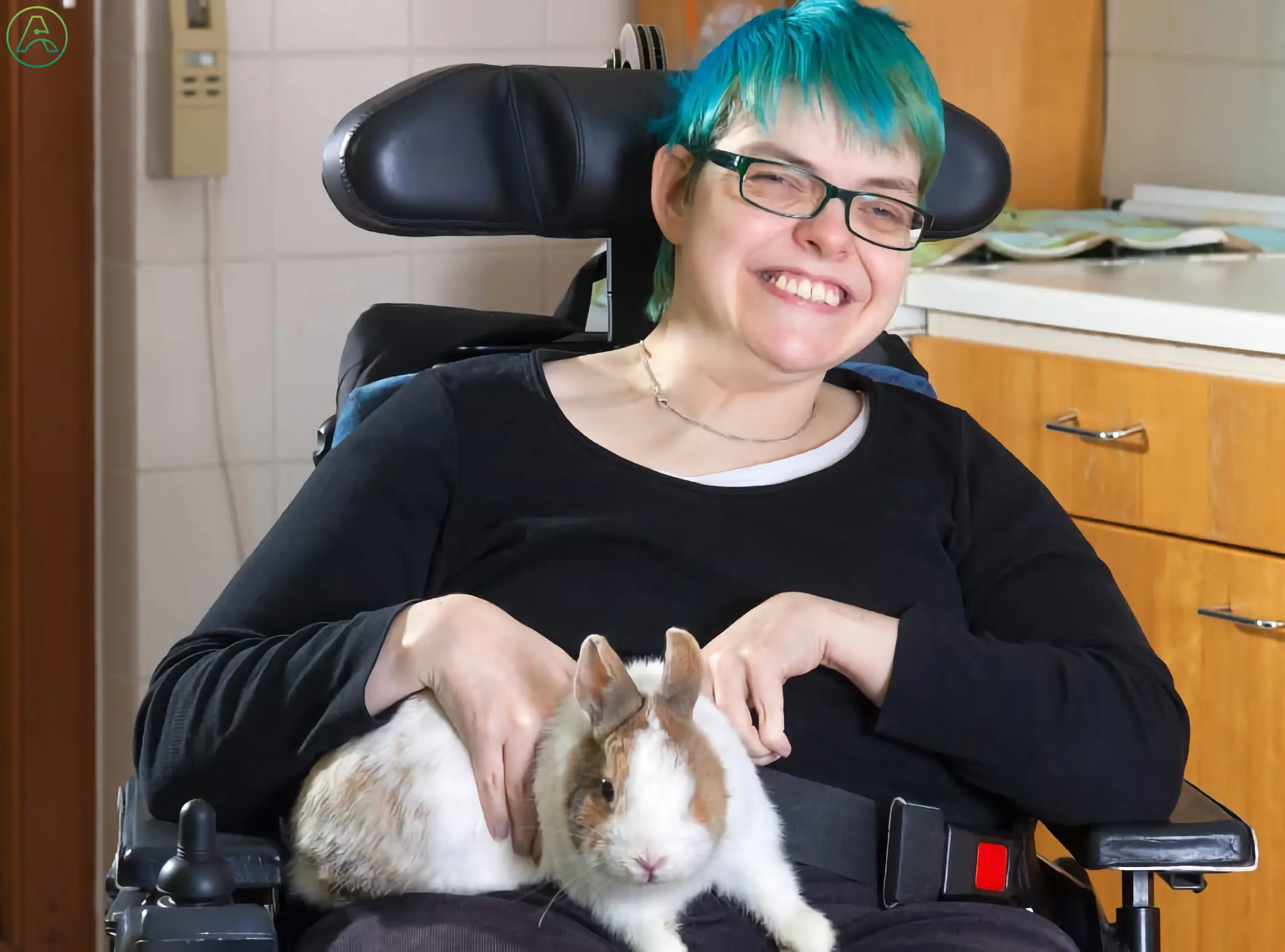Cerebral palsy (CP) is a group of disorders that affect a person’s ability to move and maintain balance and posture. In this article, Ability Central will address the following:
What is Cerebral Palsy?
What causes Cerebral Palsy?
How many people are affected by CP?
What are the types of Cerebral Palsy?
Where can I get more information about CP?
What is Cerebral Palsy?
Cerebral Palsy (CP) refers to neurological disorders that appear in infancy or early childhood and permanently affect body movement and muscle coordination. The term cerebral refers to the brain; palsy refers to the loss or impairment of motor function.
Most children with CP are born with it, although it may not be detected until months or years later. The early signs usually appear before a child reaches three years of age.
What causes Cerebral Palsy?
Cerebral Palsy is caused by abnormal development of the cerebral motor cortex during fetal growth or an injury to the brain before, during, or after birth.
CP most often comes from:
Premature birth
Medical problems during pregnancy or around the time a baby is born
Illnesses or injuries as a newborn or infant
In any of these cases, the damage is not repairable, and the disabilities that result are permanent.
While people used to think that lack of oxygen during the birth process resulted in CP, scientists believe that this causes only a small number of CP cases.
How many people are affected by CP?
Cerebral palsy (CP) is the most common motor disability in childhood. Of the 764,000 children and adults who currently have CP in the United States, over 65% are under 18 years old.
Recent population-based studies from around the world report prevalence estimates of CP ranging from 1 to nearly 4 per 1,000 live births or per 1,000 children.
While the prevalence of CP is higher for children born preterm or at low birth weight:
About 10,000 babies born each year will develop Cerebral Palsy
Around 8,000 to 10,000 babies and infants are diagnosed per year with Cerebral Palsy
Approximately 1,200 to 1,500 preschool-aged children are diagnosed per year with Cerebral Palsy
What are the types of Cerebral Palsy?
Different movement disorders occur depending on what area of the brain is affected. Doctors classify CP according to primary movement disorder. These may include:
Stiff muscles (spasticity)
Uncontrollable movements (dyskinesia)
Poor balance and coordination (ataxia)
From these three categories, CP is broken into five types:
Spastic cerebral palsy is the most common type of CP. It is caused by damage to the motor cortex or pyramidal tracts and is characterized by tight muscles and jerking movements.
Ataxic cerebral palsy is caused by cerebellum damage resulting in motor control and movement issues.
Athetoid/dyskinetic cerebral palsy is caused by basal ganglia and/or cerebellum damage. Symptoms include fluctuating muscle tone and involuntary movements.
Hypotonic cerebral palsy is caused by cerebellum damage and is characterized by floppy muscles, excess flexibility, and poor mobility.
Mixed cerebral palsy: Multiple areas of brain damage can cause patients to have more than one type of cerebral palsy.
Where can I get more information on CP?
Ability Central hosts a library of information on Cerebral Palsy, including:



